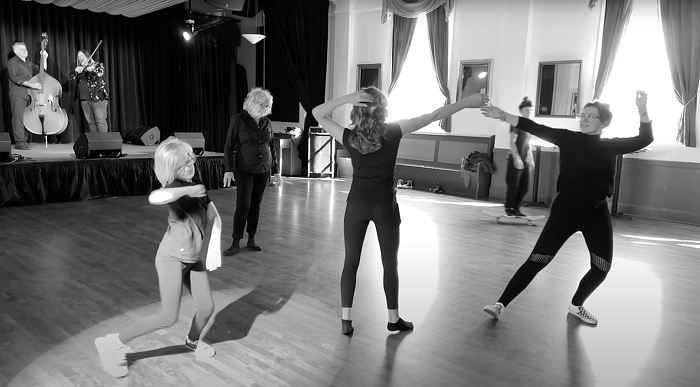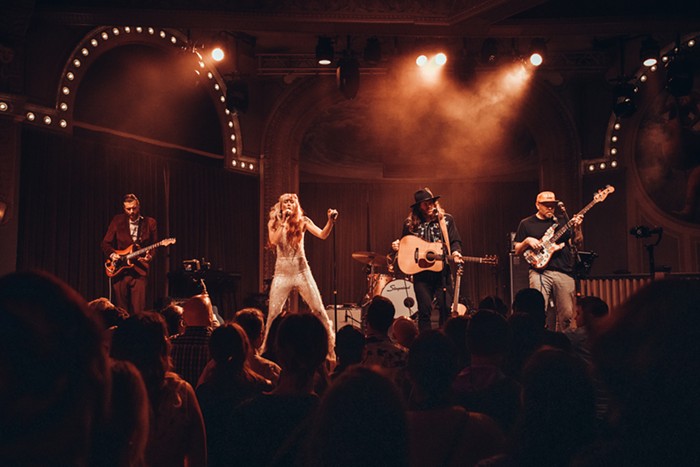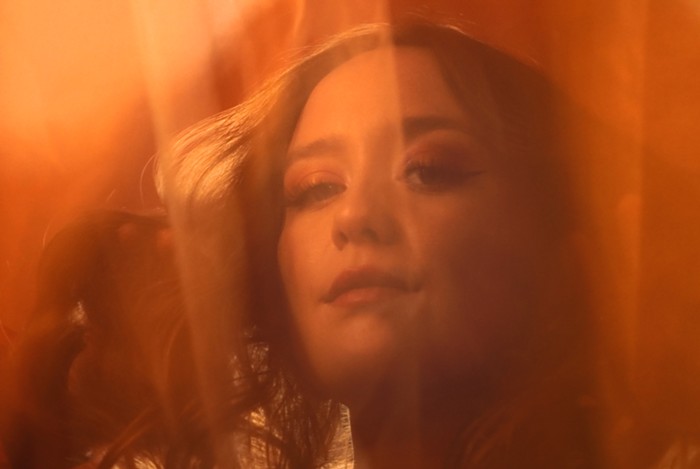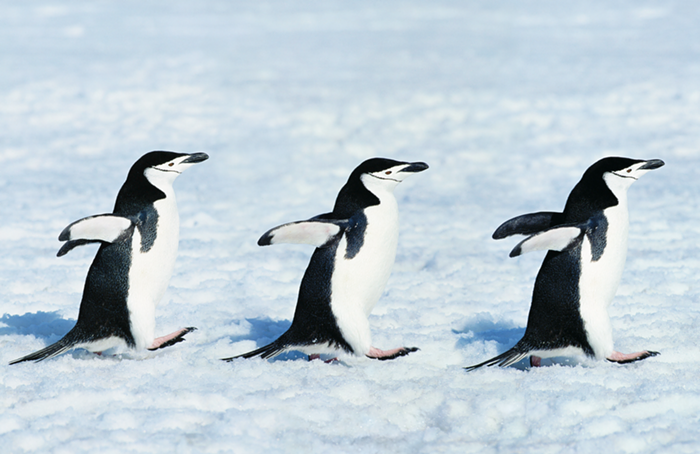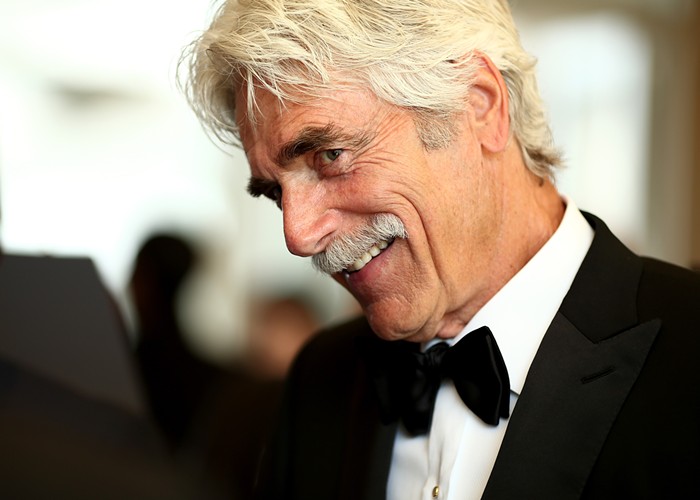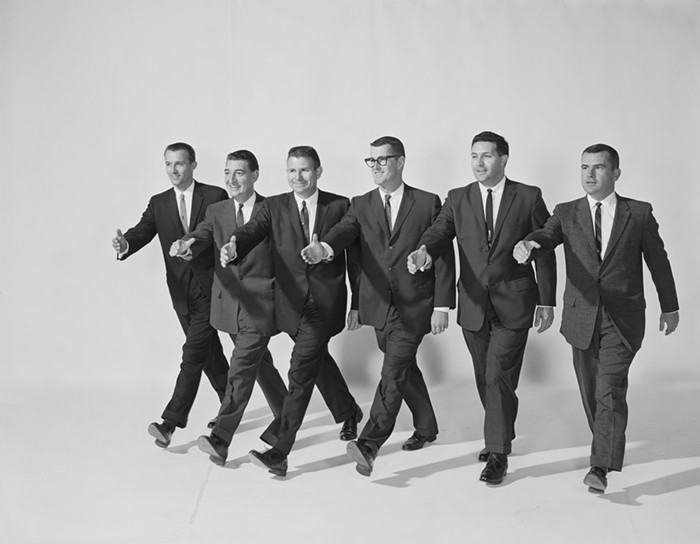BESNARD LAKE is located in the far north of Saskatchewan and is covered by ice much of the year, but when the season is right it is a fisherman's paradise. The Montreal band that takes its name was similarly under ice for much of the three years since they released their sophomore album, 2007's remarkable The Besnard Lakes Are the Dark Horse, which attracted attention to the previously obscure band fronted by husband and wife Jace Lasek and Olga Goreas. With the first two albums and the new The Besnard Lakes Are the Roaring Night, the group has constructed a mammoth variety of album rock—where songs build slowly over the course of five or six or seven minutes, where no timbre can sound too enormous, where you are meant to set the needle down and let it play all the way to the end groove, where you'll be compelled to rip the cord out of your computer headphone jack and play it through the biggest speakers you can find.
But after Dark Horse reached a newly broad audience and the band toured the globe, Lasek was obligated to return to his day job: running Breakglass Studio in Montreal, a world-class facility that boasts the 1968 Neve console used on Physical Graffiti. "It took us a long time to make this record," says Lasek of Roaring Night, "but really all we were waiting for was studio time. If somebody books the studio, I've gotta push my band back. Last May we finally had three, four weeks to do tracking. What makes this record different than the last two is the fact that we did make it all in one section of time; Dark Horse and Volume One were made a couple days here, a couple days there, a few weeks off. This record sonically sounds more consistent, with similar mic techniques and stuff."
If Roaring Night is their most consistent, it is also their most deliberate. Most songs take a couple minutes to get going, gradually building up to deafening release. The record's highlight is "Albatross"—a sterling amalgam of squishy fuzz guitar, steam-pipe background "oohs," and soaring melody—which may be the best and most accessible thing the Besnard Lakes have done. It's simultaneously delicate and heavy, the kind of rock song that needs to be heard as loud as possible.
"I think we just love melody and we love great songs," says Lasek. "Our tastes run all the way from Slayer to High on Fire to the Bee Gees and the Beach Boys. We have a lot of really weird pieces of gear—a lot of older stuff like space echoes and things that are not totally working correctly. Gear that has wires and resisters and capacitors, they all have their own little quirky tendencies, which I think helps making new and bizarre experimental sounds."
Meanwhile, the Besnard Lakes have found ways to translate their densely crafted records to a four-piece live band. "It's kinda daunting," says Lasek. "I'm not really a big fan of rehearsing; that's why we go into the studio and sort of put it all together. Then I can have something that's highly structured and then be able to look at it and go, 'okay, now how does it...?'—it almost becomes a puzzle at that point. And we've always wanted to make the live experience a bit more powerful and loud and crazy."

